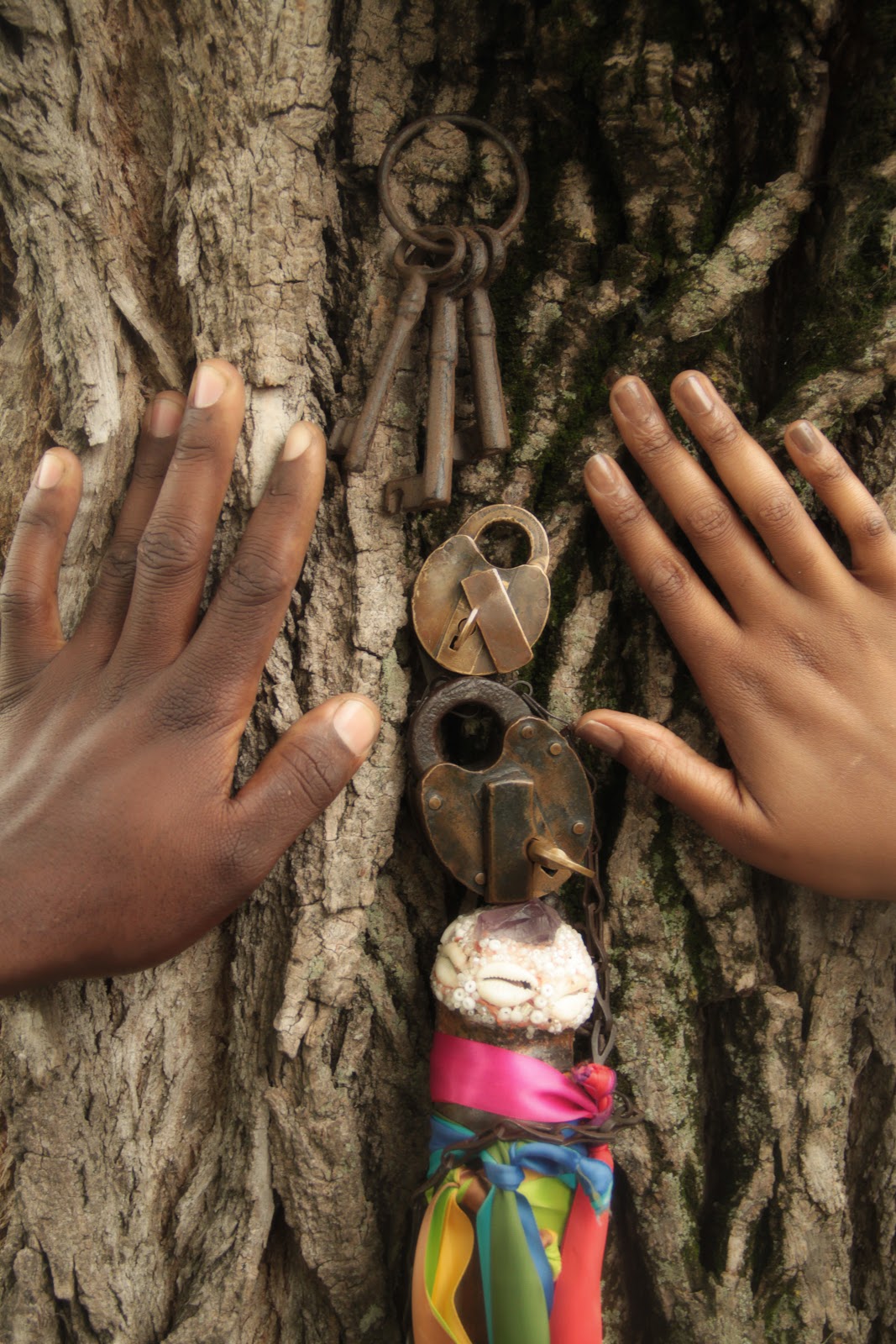Creative process (what constitutes the movements? What inspires the choreographers’ story-telling? The visit to VMHC, slave trails, the burial ground, check-ins).
Planning
“If you’re an artist, you’re going around galleries, you’re looking at book to get that level of inspiration.” (Taylor, n.d.)
Looking back at the creative process and production of Brother General Gabriel at the former Richmond City Gallows, makes me think about how the people behind this production plan the whole thing. Most importantly, what inspired the story telling?
The planning stage of this production wasn’t something that was explicitly revealed to us, the students from UR and VCU. Both the production team and the performers had different parts to play, so I can only share the point of view of the students (or maybe just my own). I do believe that we were familiarized with the content of the performance from the beginning of the class. From creating a class agreement – which was done collectively, to visiting the slave trail/burial ground and the Virginia Museum of History and Culture, I have learned more about the value of being part of the community and the power that it holds in making a change.
The visits to the performance site, i.e. the burial ground, had always made me feel driven toward the idea of being part of this production. It gave me a sense of purpose, knowing that we are performing here for a reason – to commemorate Brother General Gabriel and the rest of the enslaved who were buried six feet under. When I did the tour at the slave trail, walking through the tunnel and out in the open field, I felt a sense of peace despite the horrible thing that had happened on that very ground. Also at the same time, I had goosebumps just thinking about what these people had gone through and what was the last thing that they saw before they were killed. It was for me, an adequate orientation to learn about the place and its history, it was a form of research done before we delve into learning the movements for the performance.
The visit to the museum on the other hand, had given me more perspectives on how the history of slavery in Richmond is told from the point of view of the museum committee. We were asked to tour the museum by ourselves, to synthesize the information on our own. To enter without much expectations or assumptions. As someone who has never read American history textbooks used in schools, I did not have anything to compare with the information exhibited in the museum. I wasn’t sure if anything was missing or anything extra was presented. Regardless of how the history was told in the museum, it could not steer away the fact that what happened in the past was utterly unspeakable. Getting immersed with all of this information, perspectives and experience – had helped me to understand why Brother General Gabriel’s event is important for the production team. It helped to prepare me to be part of the production team and the community that is trying to make a change. It was a good orientation for me.
To sum up the planning stage of the creative process, I’m including this quote from James Taylor:
“With all these stages, there tends to be a better environment in which to do them. In this first stage, what we tend to find through research, is that working in a quiet environment is really best for the research stage. That’s perhaps no surprise, which is why we see academics or authors in libraries, that is why we see musicians, headphones on, listening to inspiration from other artists.”
Incubation, insight and evaluation
These three stages have little involvement from the student performers. I could however, based on my observation, witnessed MK; the director and choreographer, going through this process. She would sometimes think out loud and that allowed me to get a bit of an understanding of her thought process. It was never a fixed planning and a lot of things changed during the rehearsals. Things were modified, included or taken out in order to deliver the intended messages.
Elaboration
“This is where you do the work. You just get on with it, you start to test and to micro test, and get more feedback on your ideas as well.”
During the rehearsals that we had a week before and on the week of the Brother General Garbriel’s event, a lot of testing and micro-testing happening on the site. As a student performer, I was involved in this process as while rehearsing and assisting the technical team. I could see MK trying out some ideas and making decisions on what is best to be included in the performance. She would just step back and watch the whole rehearsal and would come up with changes for improvement. A few ideas were weighed in and considered and would be added accordingly, so the whole process was flexible and not rigid. It was fascinating how everything eventually fell into place, fit like jigsaw puzzle pieces though it was vague in the beginning.
The whole five weeks of familiarizing with the history of the African American burial ground had helped me to understand the purpose of Brother General Gabriel event. The creative process involved (especially the planning stage) did enrich my knowledge about the history of Richmond and assist me in engaging with the production team.
